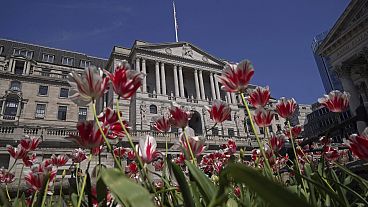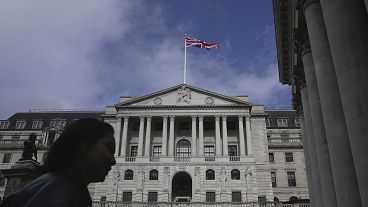The Swedish labour market is still relatively resilient at the moment, but is likely to become more sluggish in the coming months, according to the European Commission.
The Swedish unemployment rate in May was released on Wednesday morning, coming in at 8.7%, down from 8.9% in April, according to Statistic Sweden. This was also a three-month low. However, it was still a jump from May 2023’s 7.9%.
The number of people without a job increased to 496,000, a rise of 41,000. On the other hand, the number of people with jobs fell to 5.187 million, a decline of 112,000. The employment rate for May 2024 was 68.3%, which was a fall of 1.5%.
The labour force rate, which measures the number of employed people, as a percentage of the number of people falling within the working-age population, was 74.9%.
The European Commission said that although the Swedish labour market is currently still relatively resilient, it is likely to slow down in the coming months.
The Commission said, on its website, “The Swedish labour market is expected to respond to economic activity with a lag. Employment growth is projected to fall slightly in 2024 but to pick up again from the second half of the year in the wake of the projected recovery.
“The unemployment rate is set to increase from 7.7% in 2023 to somewhat above 8% in 2024 before falling back in 2025. Wage agreements - extending to the spring of 2025 - have remained moderate while wage drift is expected to remain limited. Average real wages decreased markedly in 2023 but are set to rise over the forecast horizon on the back of falling inflation.”
Swedish inflation could drop down to 2% in 2024
Swedish inflation could possibly fall down to the 2% target set by the central bank, the Sveriges Riksbank, according to the European Commission. Inflation is then expected to fall to about 1.8% in 2025.
Similarly, the unemployment rate is expected to average about 8.4% in 2024, before dropping down to 8.2% in 2025. Gross domestic product (GDP) is likely to be 0.2% in 2024, before jumping to 2.1% in 2025.
The European Commission also said, “The Swedish economy is projected to recover in 2024, with the expansion gathering pace in 2025. Domestic demand is driving the turnaround, thanks to continued disinflation, easier financing conditions, and still strong external competitiveness supporting exports.
“Inflation is expected to fall to just below 2% in 2025. Public finances are projected to weaken further in 2024, but the deficit is expected to decrease in 2025. The general government gross debt ratio is set to rise slightly in 2024, albeit from a comparatively low level and is expected to resume its long-standing downward trend in 2025, reaching just above 31% of GDP.”















